Fujinon GF 45mm F2.8 WR Review
Dustin Abbott
March 23rd, 2021
I’ve recently started to expand my coverage of Fuji from their APS-C XF platforms to their medium format GFX lineup. Fujifilm has revolutionized the medium format space with more accessible, more affordable cameras and lenses, though all of this is relative. There’s nothing inexpensive about medium format, but it has traditionally been the domain of either very successful photographers or businesses. It’s been typical for a medium format camera to cost tens of thousands of dollars and lenses to run many thousands. Fujifilm has been developing a more affordable approach to medium format that has been well received, though medium format continues to be a niche space compared to the much more popular full frame cameras and lenses. I’ve been spending some time with the extremely high resolution Fujfilm GFX 100 camera body (my review here) and its incredible 102 megapixels of resolution along with two lenses, the slightly older GF 45mm F2.8 WR and the brand new GF 80mm F1.7 WR short telephoto lens (my review here). Today’s focus is on the former lens, which we’ll call the GF45 for brevity, a useful, practical wide angle prime.
Fuji’s medium format sensor is somewhere between the larger medium format sensor size utilized by Hasselblad and the smaller 35mm/full frame sensor. Full frame (35mm) is considered the standard for focal length equivalency for the simple reason that it has a 1.0 crop factor, which makes it a simple standard to establish focal length. A 100mm lens on a full frame camera has…wait for it…a 100mm focal length. Fuji’s APS-C has a crop factor of about 1.5, which means that the same lens would behave like a 150mm lens on full frame. Fuji’s medium format, with its bigger sensor, generates a crop factor of 0.79, meaning that the same 100mm lens will behave like a 79mm lens on full frame. That’s relevant because it allows us to get a sense of the GF45: 45mm x 0.79 = 35.55mm, or roughly corresponding to the traditional 35mm focal length. I love the 35mm focal length range, as it works well for so many subjects. It’s good for landscapes (see above), but also good for so many general purpose subjects.
It is lenses like the GF45 that are necessary for every system, as they are the workhorses that give you good results without a lot of fuss or drama. They aren’t exotic, but are practical due to being less expensive, smaller, and lighter than the more exotic options (much like the F2 options on Fuji’s APS-C systems)…though all of those things are relative here. The price point of $1699 USD is both cheaper than most other autofocusing medium format lenses but relatively expensive for an F2.8 lens in general. It is smaller and lighter than many other medium format lenses, though at 88mm long, 84mm in diameter, and 490g in weight, it isn’t exactly “pocketable”. You have to be willing to accept certain tradeoffs when you embrace medium format.
Reviewing a lens like this is a little complicated, as in some areas medium format cameras lag behind the more traditional full frame systems that get the lion’s share of development. Medium format gives you pretty much unparalleled levels of optical performance, but lacks the versatility in focus speed and video performance that I’ve come to expect. There’s a good chance that if you are reading this review, however, you’re already familiar with the typical medium format shortcomings, or, if not, you may find this review a little eye opening. We’ll do our best to parse out the good from the bad as we explore the performance of the GF45 together. You read on or watch my review review below.
Follow Me @ Patreon | My Newsletter | Instagram | Facebook | DA Merchandise | Flickr | 500px
Thanks to Fujifilm Canada for providing me a copy of the Fujinon 45mm F2.8 WR and the GFX100 to test it on.
Fujinon GF45 Build, Handling, and Features
If you are unfamiliar with medium format and know Fuji more for X-mount, prepare to be shocked by how huge the mount size actually is. The Fuji X-mount (APS-C) is 44mm is diameter; the GF mount is a whopping 76.5mm in diameter. The Canon full frame RF mount is 54mm in diameter by comparison, closer to the APS-C size than the massive medium format dimensions. The front opening of lenses changes according to the focal length and aperture combination, but the rear diameter at the mount is consistent. You can see just how much bigger lenses are going to be from the mount onward by comparing the X-mount lens on the left to the GFX lens on the right.
The bottom line is that GF lenses are going to be bigger at least in diameter than most lenses for other systems because of that baseline difference. This is one of the smaller lenses available for the system, but it still feels fairly chunky. Here’s a look at how it compares to the Fujinon GF 80mm F1.7 WR that I had at the same time.
The larger aperture GF80 is obviously considerably larger and heavier.
As noted, the industry standard for focal lengths is the full frame/35mm standard, where the 45mm GF lens has a 35.5mm focal length equivalent. But there’s also an added complication with the maximum aperture. An F2.8 aperture is a constant measurement of the physical opening of a lens’ iris whether on APS-C, full frame, or medium format. So, for light gathering purposes, an F2.8 aperture will produce the same exposure on all three systems.
So, that’s one answer. F2.8 on medium format is the same as F2.8 on full frame when it comes to how much light can pass through it. But that’s not the whole picture, as depth of field varies radically depending on the sensor size. This lens has a relatively low 0.14x magnification figure, but it still can produce relatively shallow depth of field images like the image of the camera mounts above or this photo of milkweed pods.
Medium format lenses often have relatively small maximum aperture sizes but yet can produce amazingly shallow depth of field results with lovely, creamy bokeh due to the fact that the 0.79 crop factor will also change the behavior of the lens in terms of depth of field. That F2.8 aperture will behave like F2.2 (on full frame) in terms of depth of field. The GF45 will perform similarly to a full frame 35mm F2.2 lens for framing and depth of field, though the light gathering potential of the lens is only F2.8. A bit confusing, I know, but such is the nature of crop factors.
Up front we have a relatively uncommon 62mm filter size. I’ve owned or reviewed five or six lenses over the years with this filter size, but it does fall between the far more common 58mm and 67mm filter sizes, unfortunately. It’s a bit of an unusual design, as this is considerably more narrow than the 84mm diameter of the lens, which sucks in considerably to that relatively small 62mm filter size.
There is a rather typical tulip-shaped plastic lens hood included that bayonets on fine but doesn’t lock into place very well (at least in my loaner copy). I could loosen it from the “locked” position with minimal effort.
The Fujinon GF 45mm F2.8 R WR has Fuji’s typical word salad in its name, but I’ll try to give you the interpretation. The WR refers to “weather resistance”, which in this case means that the lens has a total of 10 different seal points, including a rubber gasket at the lens mount. This helps keep moisture and dust out of the lens, and Fuji also cites that it thermally rated to temperatures as low as -10C, though since I reviewed the lens in Canada during winter, my copy saw colder temperatures than that without any issue.
The “R” refers to aperture ring. There is a dual approach to aperture with both a manual aperture ring along with an “A” mode (automatic) that allows aperture to be controlled within camera. On GF lenses there is also a “C” mode, which stands for command, giving you yet another way (command dial) to control aperture. The “R” in the lens name refers to this aperture ring.
The aperture diaphragm has nine rounded blades to help maintain a circular shape when the lens is stopped down. Here’s a look at F2.8, F4, and F5.6.
You can see a bit of a trend towards bokeh becoming a bit lemon-shaped towards the edge, but you can tell that the aperture stays circular as the lens is stopped down.
Minimum focus distance is 45cm (1.5 feet), and the lens produces a rather average 0.14x magnification figure at that focus distance.
The upside is that the plane of focus is nice and flat and detail and contrast looks good. This isn’t going to trick anyone into thinking it is a macro lens, though the deep cropping ability on a 102MP sensor does allow you to pretend…
The focus ring is wide and rubberized, and falls naturally to hand. The damping and precision is fairly good.
There are no switches on the lens barrel. AF/MF will be handled by on camera controls, and there is no focus limiter.
All in all, this is a nicely made lens with no surprises…either good or bad in the design or handling of the lens.
Autofocus and Video Performance
While I am utterly delighted on the image quality front of medium format, autofocus is unfortunately a step back from what I’ve come to expect from modern cameras. I understand that Fuji is actually providing a relatively strong autofocus performance by medium format standards (I’ll have to take others word for that), but compared to modern full frame cameras from Canon and Sony the autofocus experience is rather primitive. In some ways it is relatively close to what I’ve seen, on, say the X-T3 or X-T4, but in other ways that definitely isn’t true. The GF45 most likely utilizes a DC motor to drive autofocus, as you will see “LM” on the lenses that utilize the higher end linear motor focus. This is an internally focusing lens, which means the lens doesn’t change length during focus.
I was happier overall with the quality of focus from the GF45 than I was from the more expensive GF 80mm F1.7. The latter lens had both a longer focal length and a wider maximum aperture, both of which add more stress to the focus system. The GF45 has a relatively easy job with a moderately wide angle of view and an average maximum aperture. I found focus speed and smoothness a little better in most situations relative to the GF80, though this doesn’t mean that I found focus exceptionally good. I did run into situations like this when the lens simply refused to focus on a closer subject despite my best efforts.
I had to use manual focus to pull focus back where I wanted, and then AF would lock properly. I think you can agree with me that the correctly focused image has much more artistic quality:
As noted, there are elements like typical focus on a smaller format Fuji body. Eye AF tracking, for example, is quite similar. A wider focal length doesn’t get as much visible eye tracking, but I did find that photos with people in them were generally well focused.
Focus isn’t as confident in the GFX-100 body that I used for this review as most of the cameras I’m familiar with these days, but there were moments out in the woods with the GF45 mounted on there that focus seemed pretty similar to most other systems. That’s saying a lot considering the typical reality of medium format. An image like this is both well focused and also shows the awesome image quality on tap:
The lens is definitely not silent during focus. There’s a variety of whirs and sliding sounds during focus, though nothing is particularly objectionable…unless you’re shooting video in a quiet environment. Focus pulls during video recording were generally a mess. A wide variety of different sounds, but also a lot of imprecise movement, defocusing, pulsing, and settling. I’m thankful, obviously, that video is an option on the GFX cameras, and the footage quality is pretty good, but if you got into medium format for the video, you’ve probably wasted your money.
Shooting action on Fuji’s medium format cameras isn’t really a thing, either. There isn’t enough focus speed to really track action, and the frames per second (for now) are very low. Don’t expect to see any medium format cameras on the sidelines of sporting events anytime soon!
But for general purpose shooting or portraits, the lens will get the job done. This is a lens designed really for shooting either still or slowly moving subjects and when you have a bit of time for the lens to get to where it needs to be and nail focus. When you meet the right criteria the lens delivers accurately focused results.
I suspect that if you are a medium format shooter, you are well aware of the focus limitations of the current medium format cameras, which are much better than what MF cameras used to be but nowhere near the excellent standard of the current crop of full frame cameras that often cost much less.
Fujinon GF45 Image Quality
But people don’t really buy medium format cameras for the speedy focus. They buy them for the amazing imaging. I’ve heard a number of people assert that the sensors of the GFX cameras are excellent (true) but the glass (lenses) are largely subpar. I’m not sure I buy that. My experience is that a poor lens is not going to hold up well when paired to a camera with extraordinarily high resolution, and the 102 MP GFX-100 that I did these tests on certainly qualifies as that. High resolution cameras highlight lens flaws because the aberrations occupy more pixels and thus become more apparent. This shot, for example, is exceptionally high contrast with both extremely bright highlights and deep shadows. This lens handled the scene with aplomb, however, and that, combined with excellent dynamic range from the camera, produced a visually intriguing image from what could have been an optical disaster.
The GF 45mm F2.8 utilizes an optical formula of 11 elements in 8 groups (including 1 aspherical and 2ED (extra-low-dispersion elements). They have also employed their Nano-GI coatings to help improve contrast and reduce flare. We’ll explore how effective this optical design bears out.
There are next to no issues with vignette and distortion. I saw so little distortion that I didn’t even attempt to correct it, and there is a mild +30 of vignette correction in my manual correction on the right:
I don’t know if RAW images are receiving some processing in camera, or if there just isn’t much in terms of vignette and distortion there. Either way, what you receive into post software is very clean.
I found longitudinal chromatic aberrations to be well corrected, with only the faintest amount of fringing.
I also saw little to no lateral chromatic aberrations along the edges of either my test or real world images.
That’s really a pretty good result considering that it is being examined on a punishing 102MP sensor; those aberrations would show up if they were there, trust me!
So let’s see how that plays out for resolution and contrast. One minor note before we jump into the chart tests. My chart is designed for the typical 3:2 ratio of full frame and APS-C cameras, but the GFX-100 has a squarer 4:3 ratio, meaning that the corners of the chart don’t quite line up with the corners of the sensor. No big deal other than I’m sampling a little further from the extreme corner than usual. Here’s a look at my test chart:
And here are the high magnification crops (about 140%) from across the frame at F2.8 (center | midframe | corner):
What stood out to me is that while contrast is not off the charts (though very good), the amount of detail and its consistency across the frame is exceptional. Everywhere I look in the frame, I am impressed with the fabulous detail.
Stopping down to F4 boosts contrast and gives a generally brighter, punchier image across the frame. This comparison (at 200%) shows an incredible amount of acuity.
Shoot at F5.6 or F8 and you’ll a deep depth of field with detail everywhere in the frame. Here’s a real world image along with a crop to show how easily it is to deeply crop and choose the framing you want out of pretty much any image.
That means you can pretty much treat this 35mm equivalent lens like a telephoto when you consider cropping!
I was intrigued at how a superior camera sensor (GFX-100) with a good but not exceptional lens (GF 45mm) would compare to a less exceptional camera sensor (Canon EOS R5) but with an exceptional lens (EF 35mm F1.4L II). I did a number of such comparisons during my review of the GFX-100, as I was intrigued if you could actually see a difference between medium format and very good full frame. The short answer is yes, although the differences are subtle. First of all, let’s look at the global image.
The Fuji’s colors tended a little cooler than the Canon, and you can tell even on a global level that there is a little more nuance in the dynamic range and how the highlights, midtones, and shadows are handled.
I cropped the Fuji image to the same ratio as the Canon and then downsampled the Fuji’s image to the Canon’s level, which gives a slight advantage to the Fuji, but that’s the reality of higher resolution (102Mp vs 45Mp). But the exceptional Canon EF 35mm F1.4L II lens is a nice equalizer on the detail front, as I didn’t notice any obvious example for the Fuji result. Here’s a 100% crop:
But where I noticed the medium format advantage was in the dynamic range of the image, where the local contrast of different spots in the image showed superior gradations and nuances of luminance.
Great glass helps, obviously, but the bottom line is that you can still get superior images (at least in some settings) out of the Fuji medium format setup, and that tells me that the GF45 is not actually “subpar” optically. I’ve gotten some images that I consider stunning out of the lens:
A lens like this is not going to “obliterate” backgrounds, as it is a fairly wide focal length with only a moderately wide aperture, but the quality of the bokeh is fairly good, I think.
Flare resistance was fairly good. There’s a bit of veiling and somewhat of a prismatic flare pattern, but nothing I consider offensive at all. I’ll let you judge for yourself from these examples.
My takeaway that this is a very good lens that isn’t necessarily “magical” in any way. The Canon 35L II that I referenced in this review has a special quality to images, a kind of magic that makes it worth a high asking price. The GF45 is an extremely competent lens that can produce some very nice images, but probably won’t set your heart “aflutter” with some kind of magical rendering. Feel free to check out more photos in the image gallery here to get an even greater sense of lens performance.
Conclusion
The Fujinon GF 45mm F2.8 R WR lens is sure to be staple in a number of people’s GFX catalog. It isn’t a lens that will break the bank, has a quality build, and delivers a really solid optical performance. Your only other way to cover this important focal length is with one of two F4 zooms (32-64mm F4 or 45-100mm F4). The zooms give you a smaller maximum aperture (F4 vs F2.8), cost about $600 USD more, and weigh about twice as much along with being considerably larger physically. It’s true that zooms do give you a certain amount of extra versatility, but a prime lens like the GF45 has its own advantages.
I was less than wowed by the overall quality of focus, though it was admittedly better than what I saw on the GF 80mm F1.7. For most purposes, focus was fine, but I wouldn’t want to rely on this lens for serious video work or anything with too much action. If you stick within the scope of what it does well, however, you’ll be fine.
The GF45 was not fazed by the extreme resolution of the GFX-100 body that I tested it on, which is in itself a major accomplishment. Instead it gave me image after image with very high detail, resolution and acuity. As I noted, I don’t think that images from the lens are “magical”, but this is undoubtedly a reliable tool that often makes up the backbone of a photographer’s kit, and that makes it worthy of your consideration.
Pros:
- Quality build with professional grade weather sealing
- Relatively compact and lightweight
- Very consistent resolution across the frame
- Nice bokeh quality
- Fairly strong flare resistance
- Almost no distortion
- Low vignette
- Good aberration control overall
Cons:
- Autofocus is fairly primitive in some situations
- Don’t plan on doing focus pulls in video
Gear Used:
Purchase the Fujinon GF 45mm F2.8 @ B&H Photo | Amazon | Camera Canada | Amazon UK | Ebay
Purchase the Fujfilm GFX 100 camera @ B&H Photo | Amazon | Camera Canada | Amazon Canada | Ebay
Purchase the Fujinon GF 80mm F1.7 @ B&H Photo | Amazon | Camera Canada | Amazon Canada | Ebay
Buy DA Merchandise https://bit.ly/TWIMerch
Peak Design Slide Lite: Peak Design Store | B&H Photo | Amazon | Amazon Canada | Amazon UK
Peak Design Leash Strap: Peak Design Store | B&H Photo | Amazon | Amazon Canada | Amazon UK
BenQ SW271 4K Photo Editing Monitor – B&H Photo | Amazon | Amazon.ca | Amazon UK
Adobe Photoshop Creative Cloud 1-Year Subscription
Exposure Software X6 (Use Code “dustinabbott” to get 10% anything and everything)
Visit Dustin’s Amazon Storefront and see his favorite gear

Purchasing your gear through B&H and these links helps fund this website and keeps the articles coming. You can also make a donation here if you would like. Visit my Amazon page for some of my gear of choice! Thank you for your support.
Great News! I can now offer a 5% discount on all purchases at Amplis Foto, Canada’s Leading Photographic Supplier. Please enter discount code: AMPLIS52018DA in your cart. It is good for everything in your cart, and is stackable with other coupons, too! It will take 5% off your entire order! Proceeds go towards keeping this site going and providing you with new reviews!
Check me out on: My Patreon | Sign Up for My Newsletter | Instagram | Facebook | Twitter | Flickr | 500px | Google+ |
Use Code “DUSTINHDR” to get $10 off ($15 CDN) any Skylum product: Luminar, Aurora, or AirMagic
Keywords: Fujinon, Fuji, GF, GF 45mm, GF 45 2.8, Fuji 45mm F2.8, GF, 45mm, 45, 2.8, F2.8, WR, Medium Format, Fuji GFX100, GFX, 100, MF, Portrait, Bokeh, Sharpness, Resolution, Video Test, Sample Images, Real World, Fujinon GF 45mm F2.8 Review, Fuji GF 45 Review, review, Dustin Abbott
DISCLAIMER: This article and description contains affiliate links, which means that if you click on one of the product links, I’ll receive a small commission. As an Amazon Associate I earn from qualifying purchases.










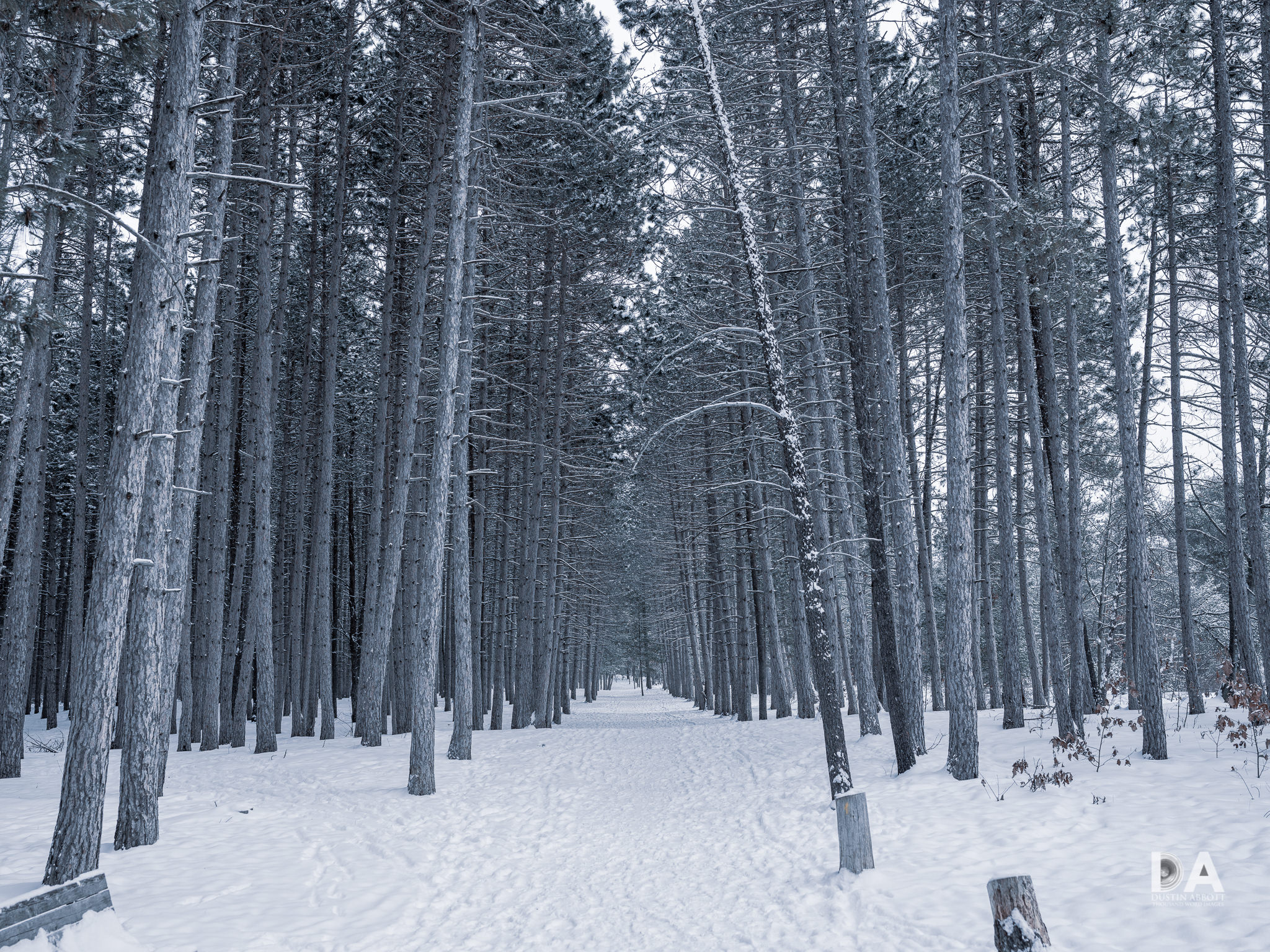
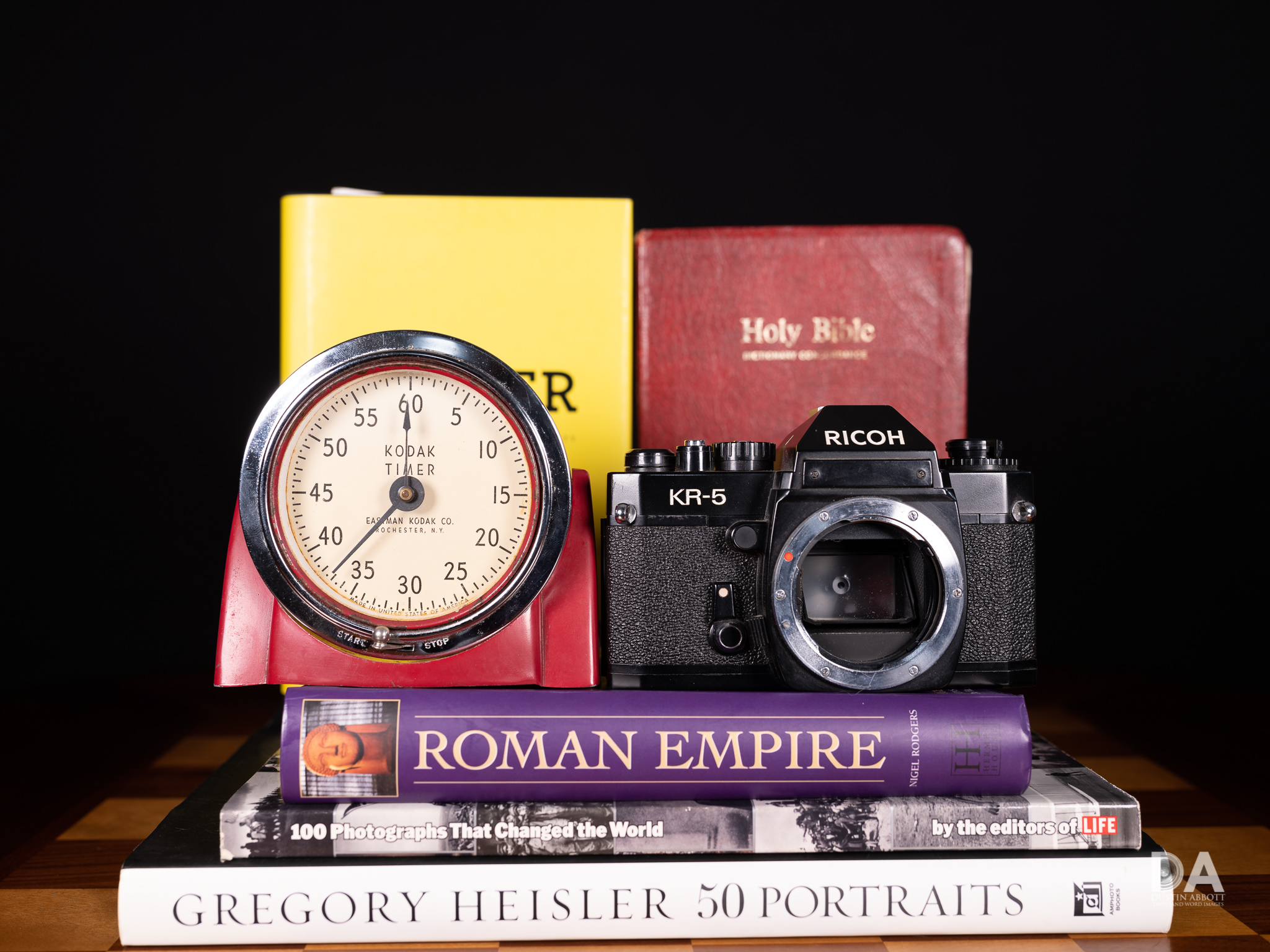


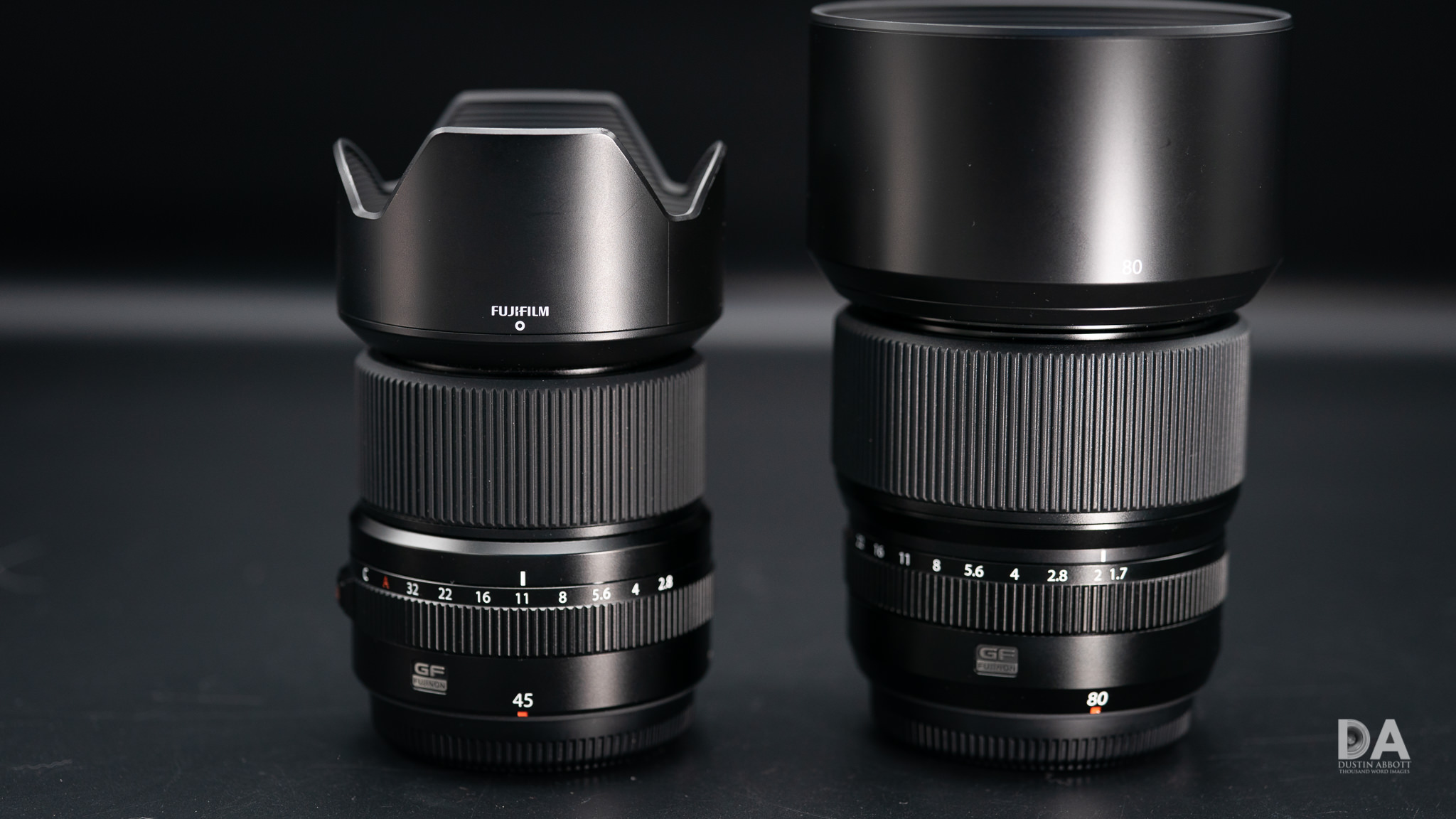


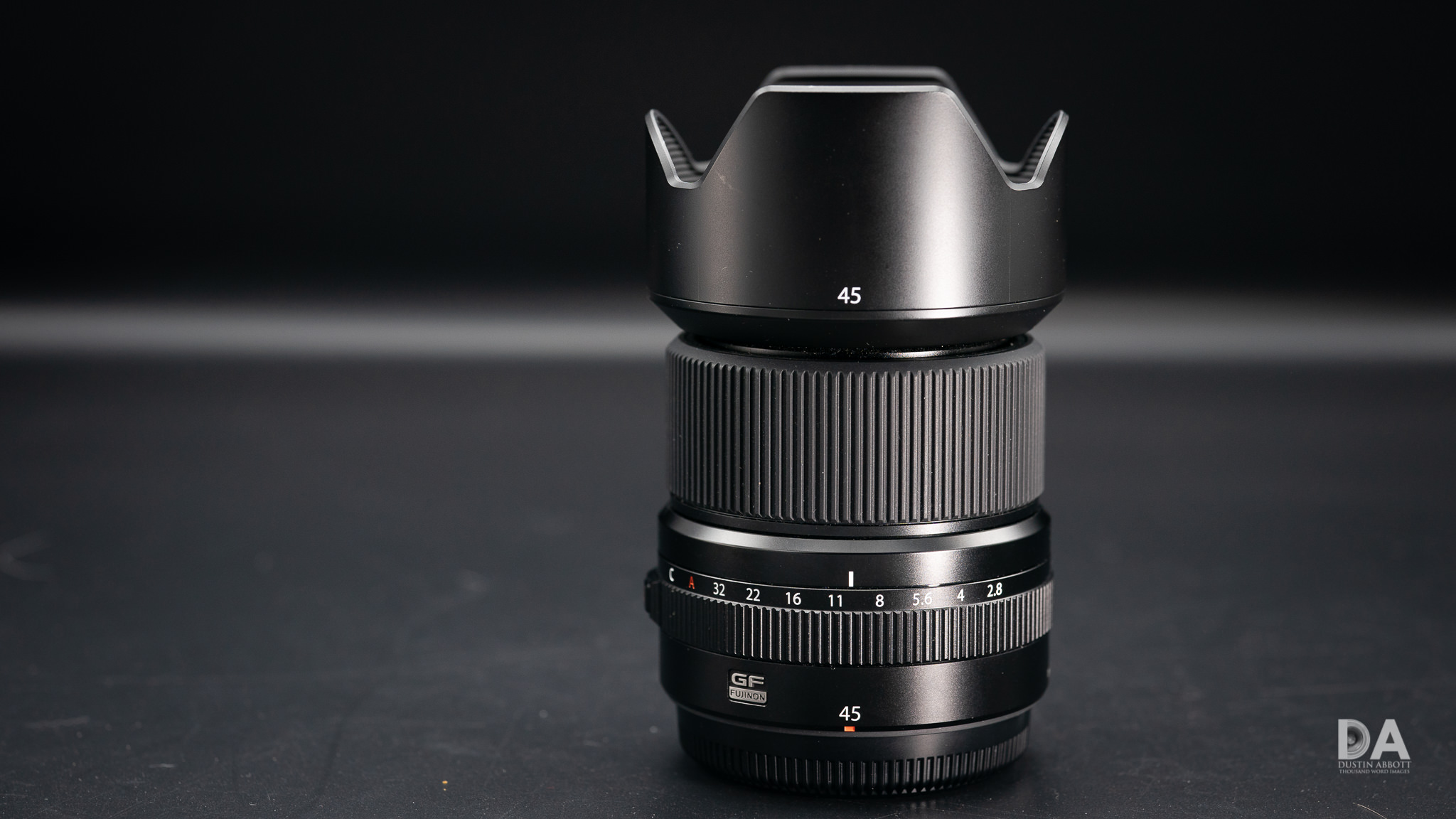
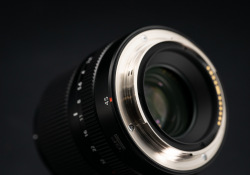

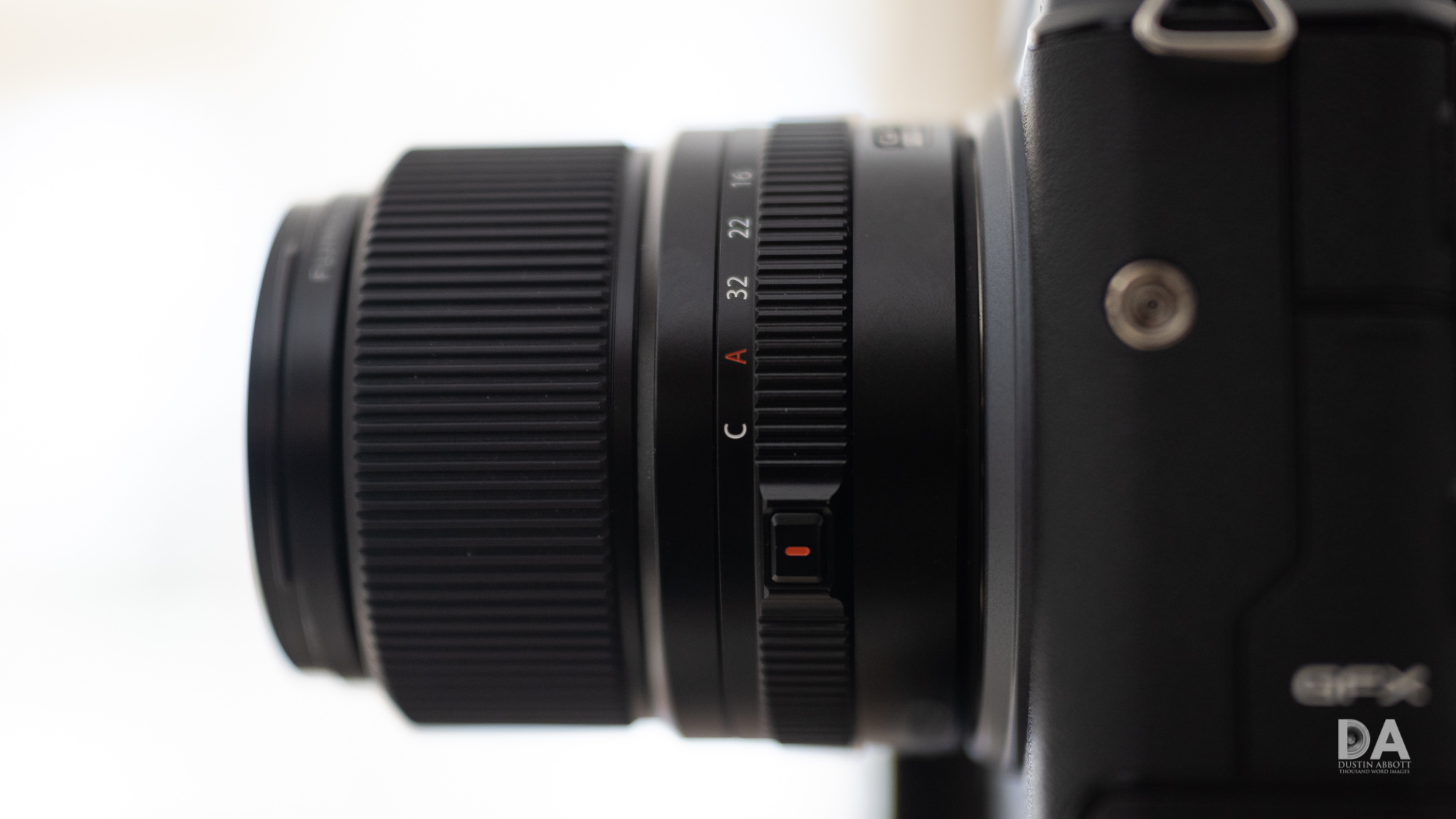




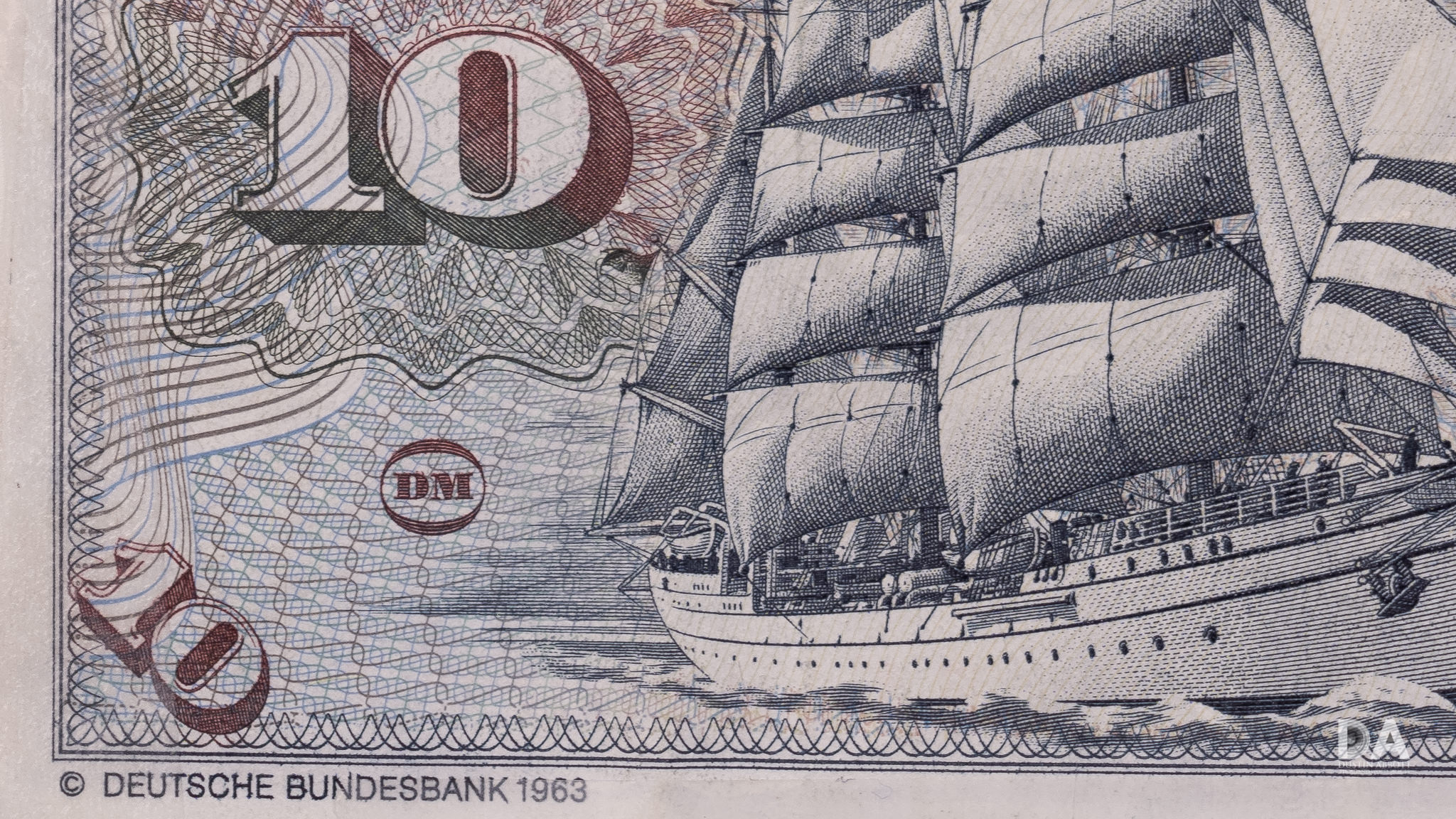
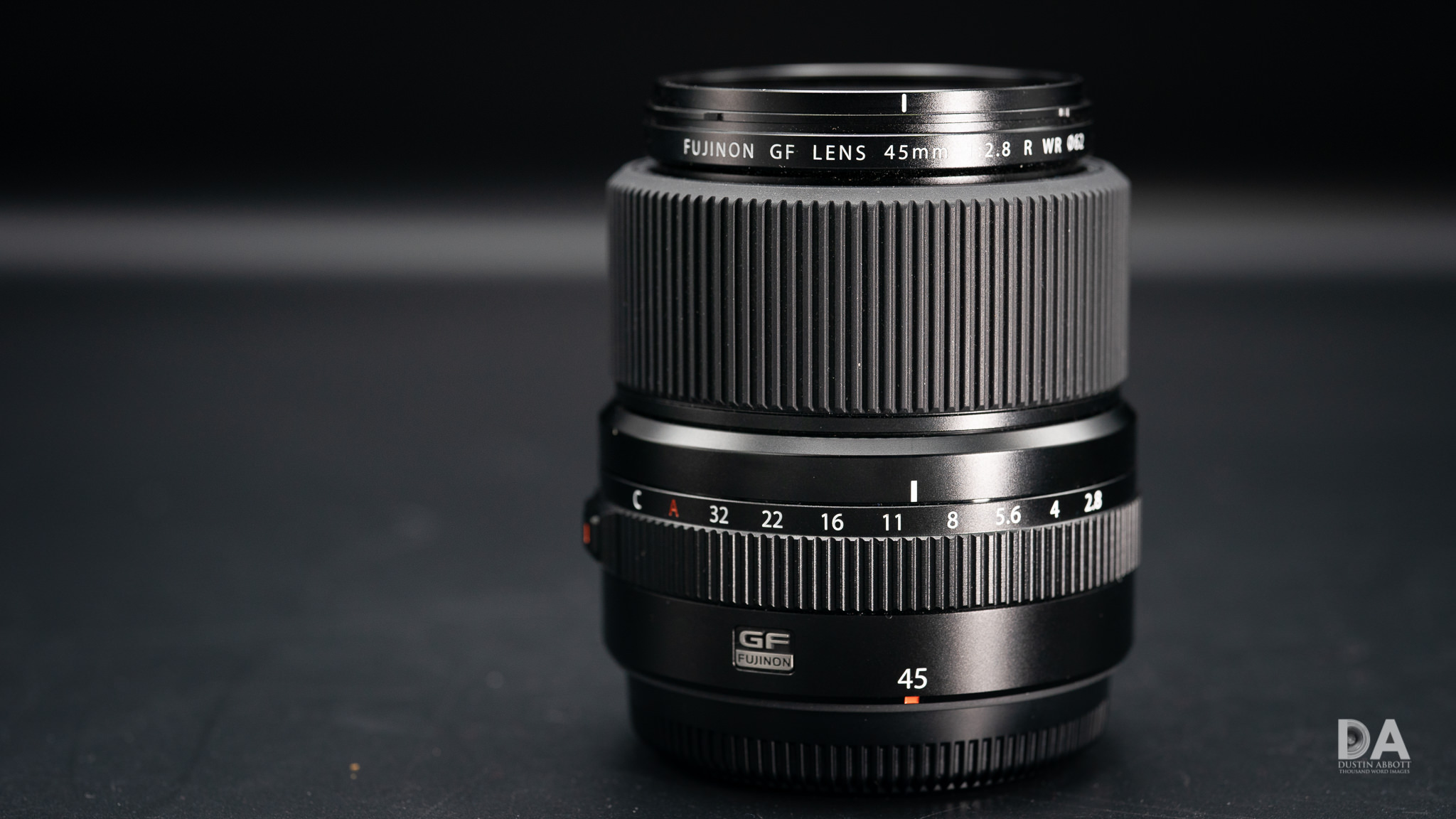
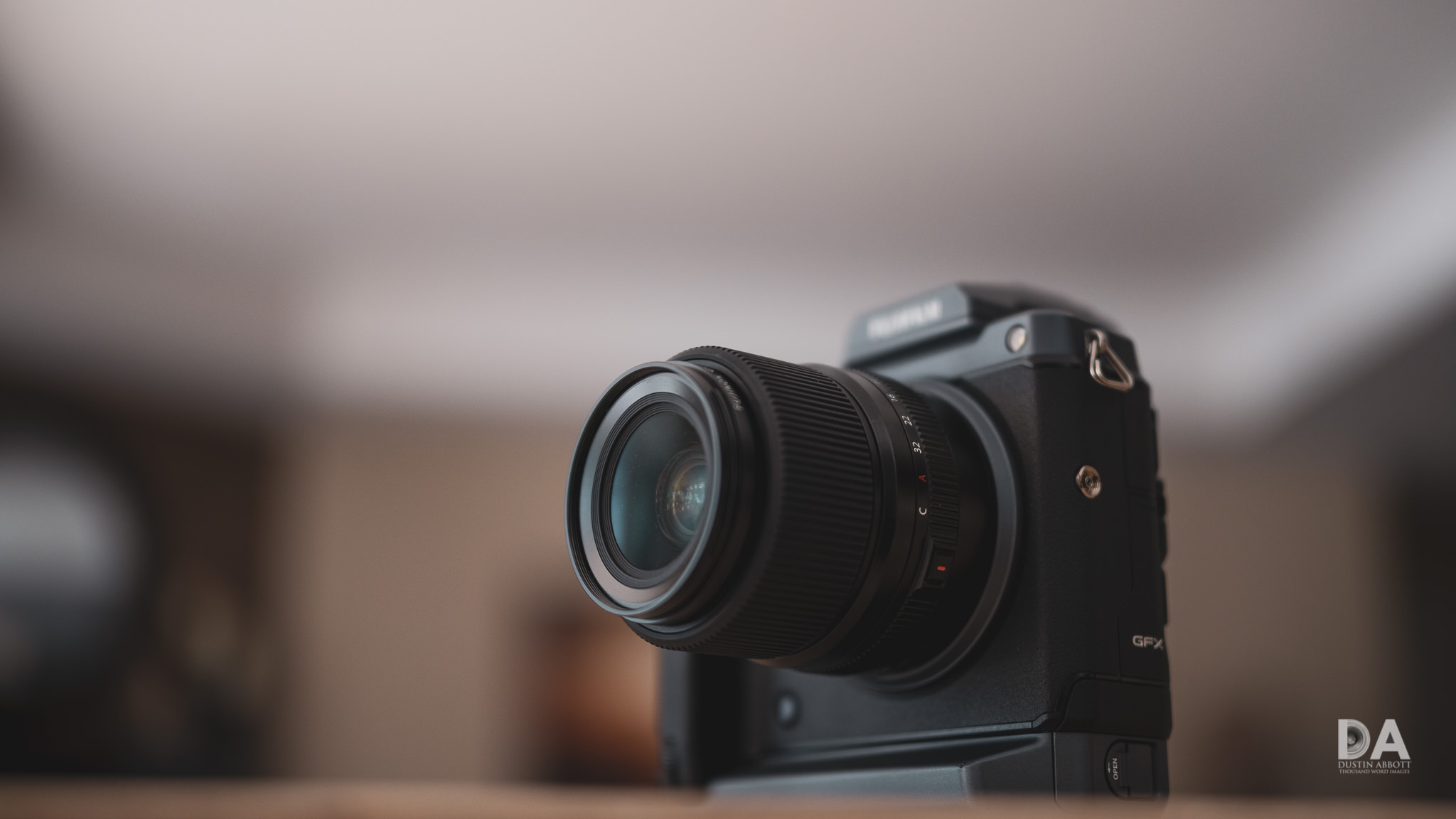
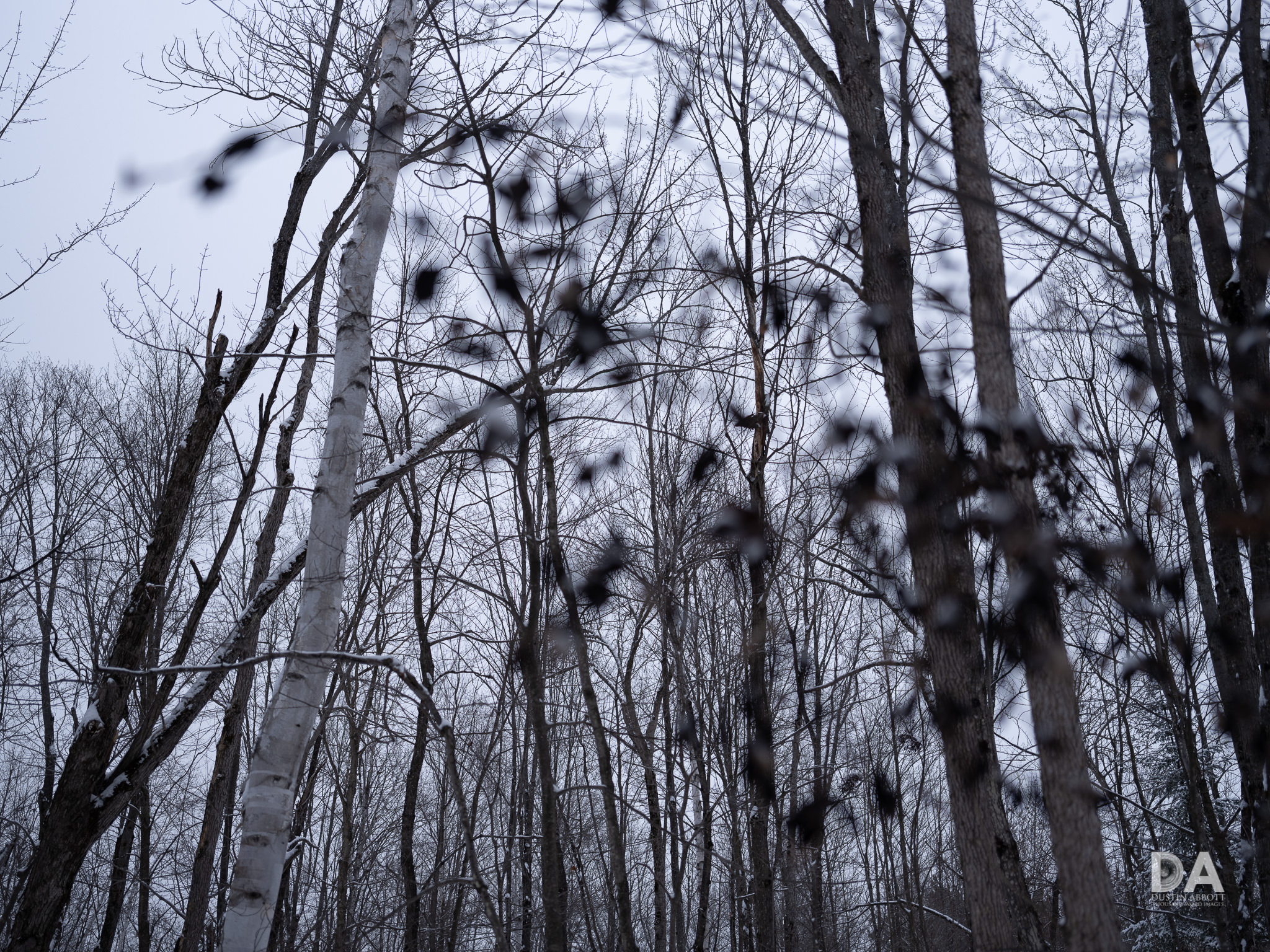
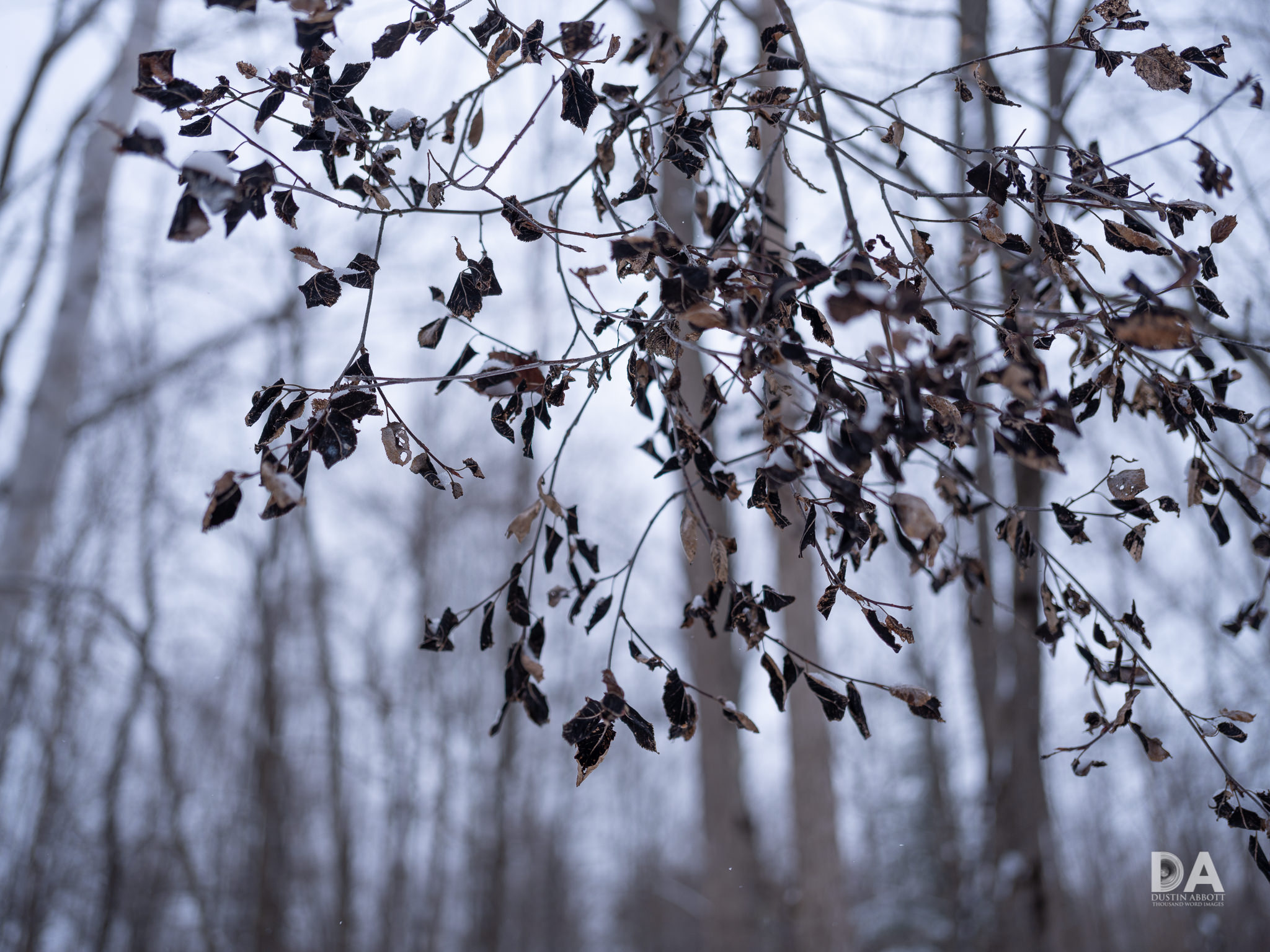









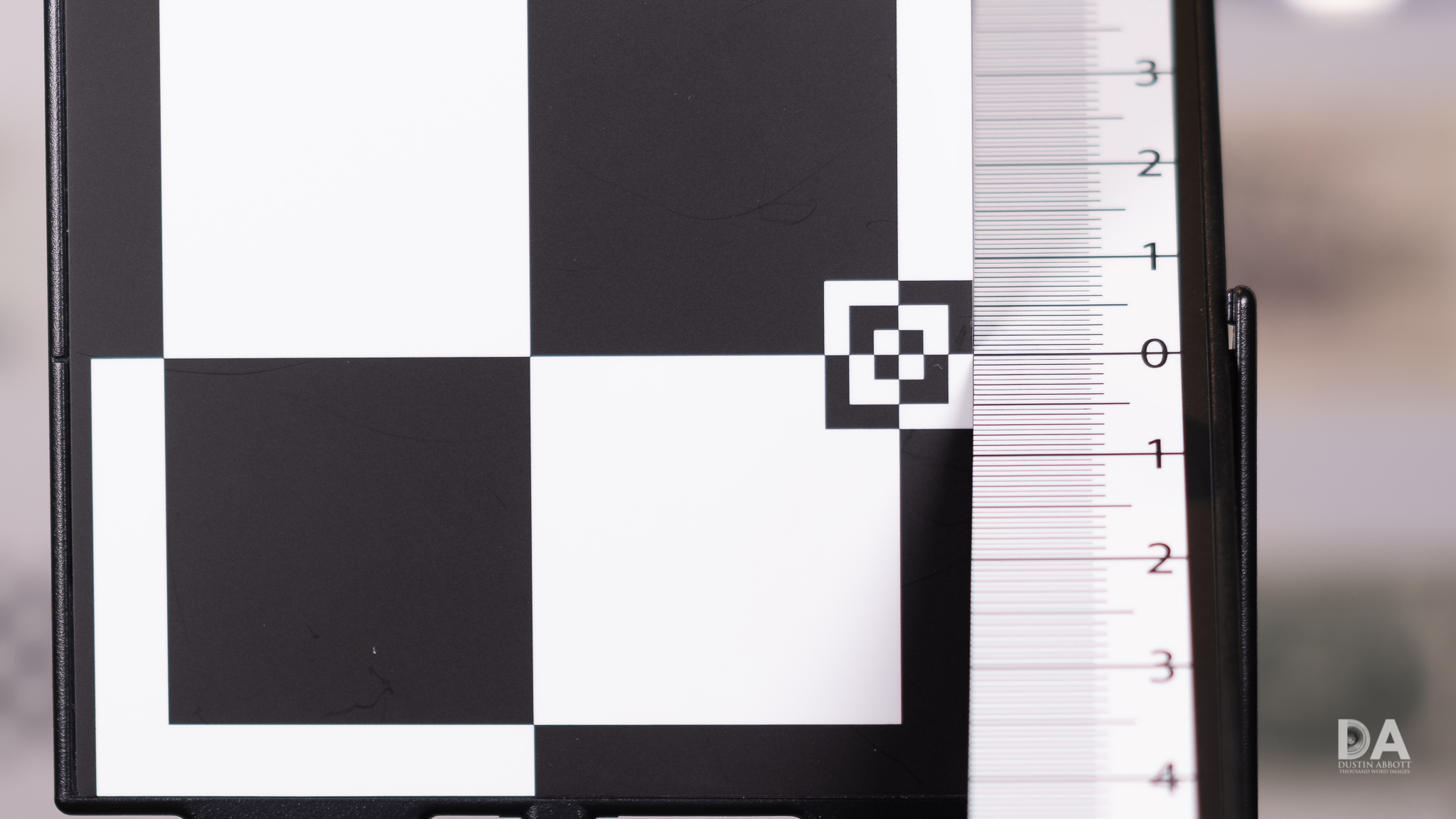


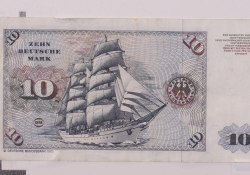
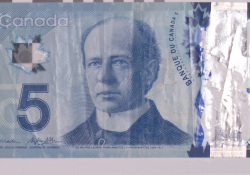
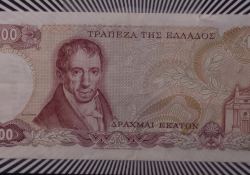

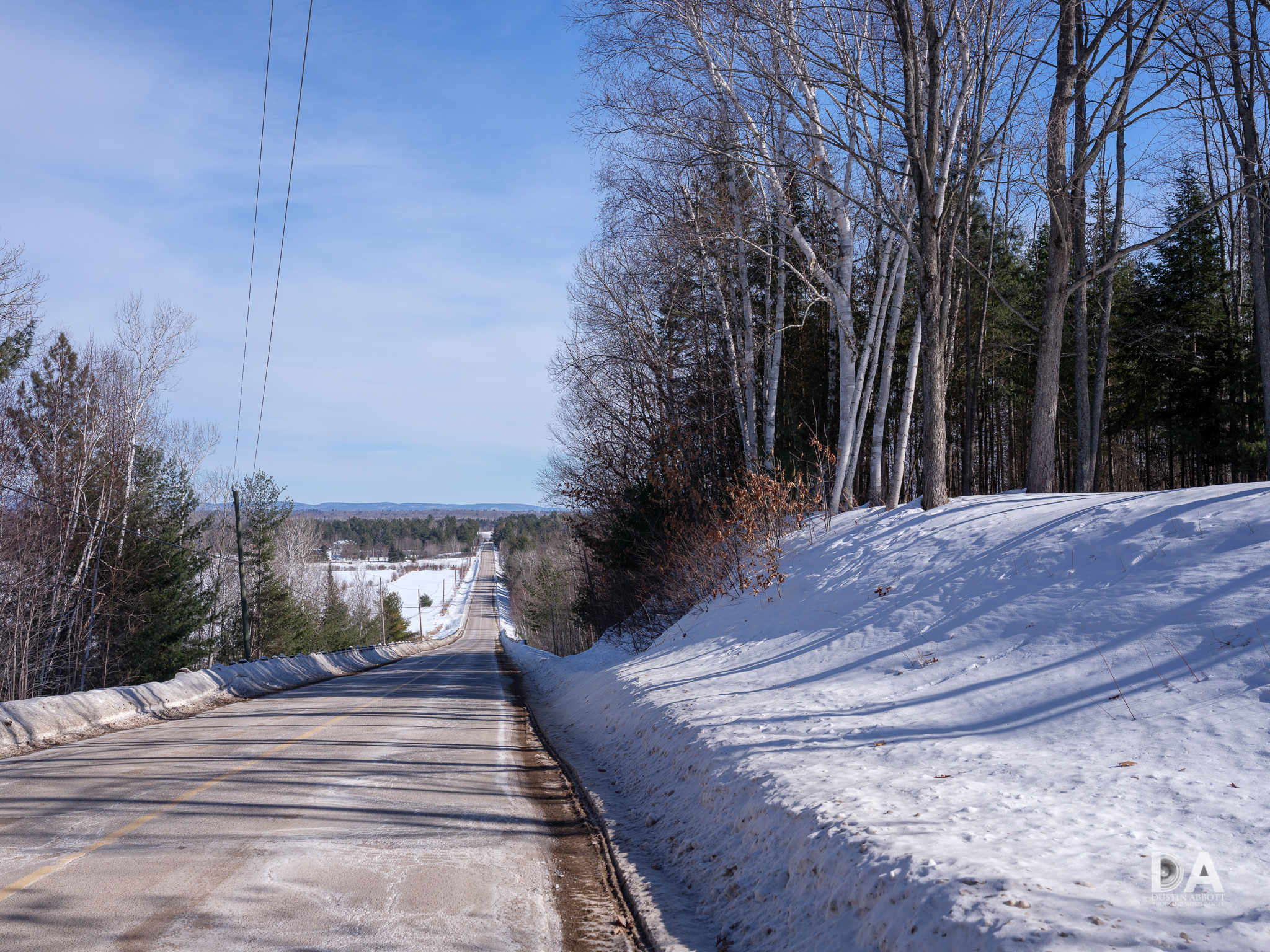



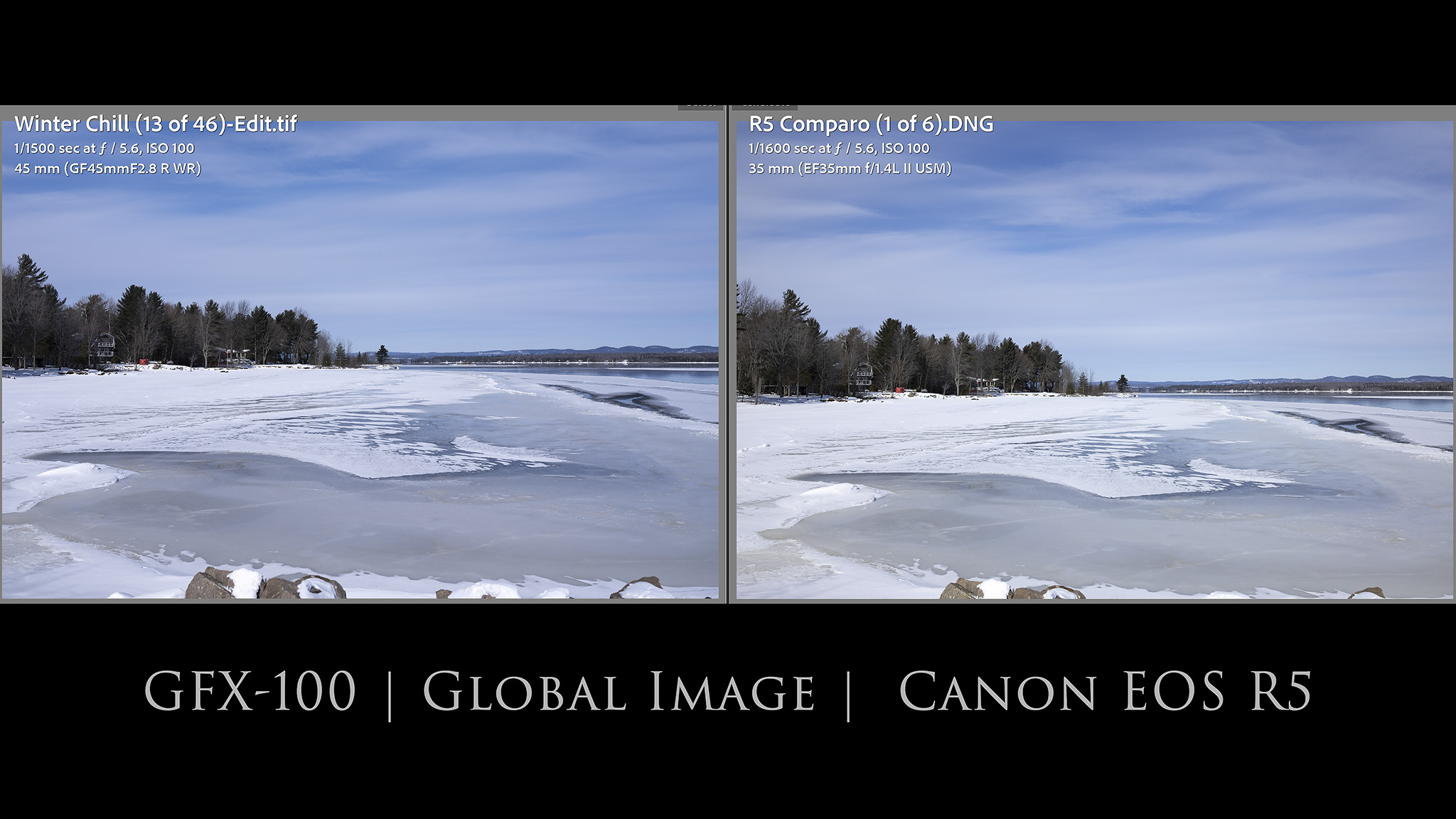
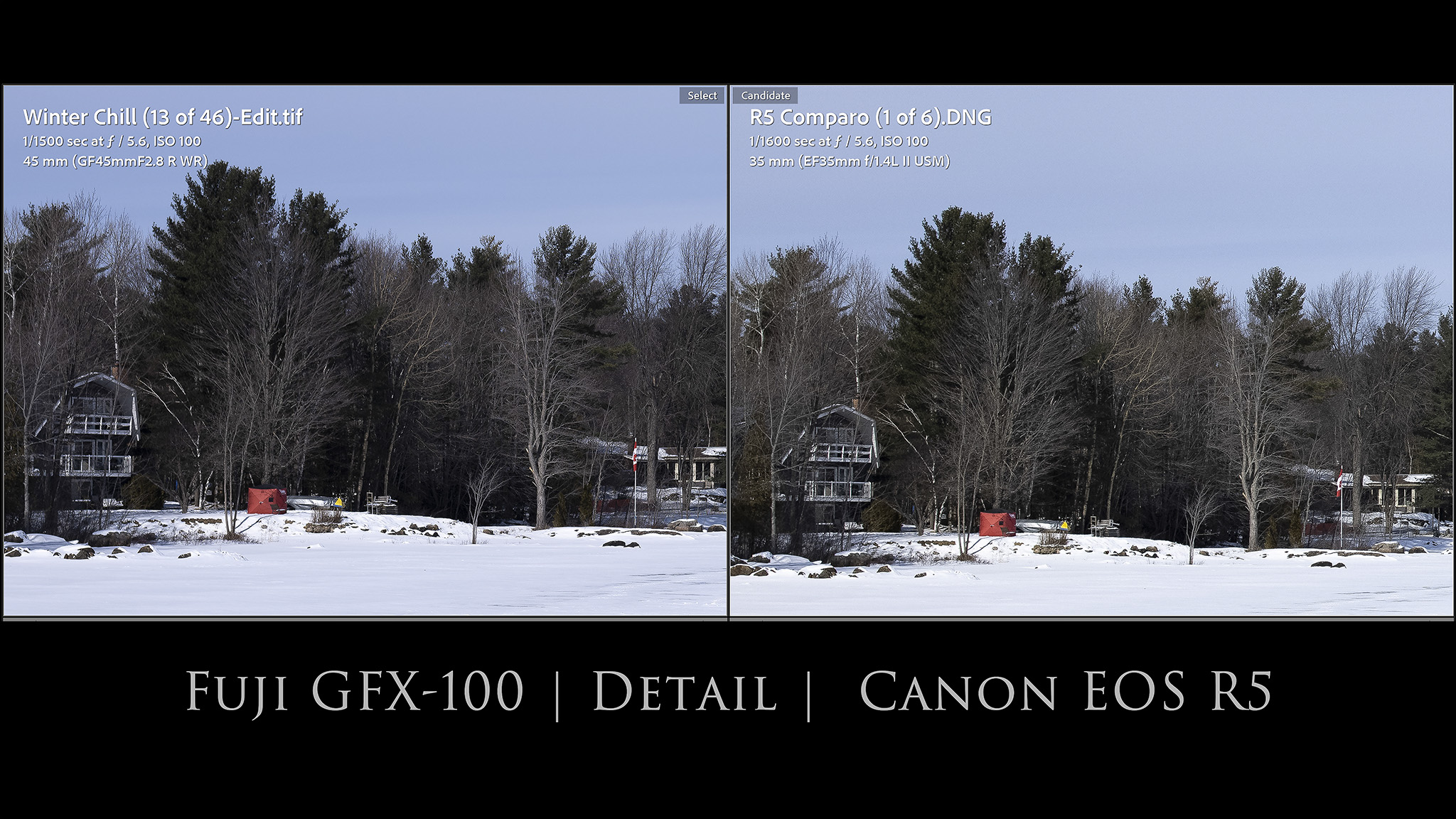





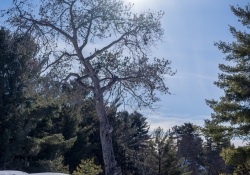
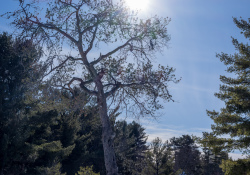
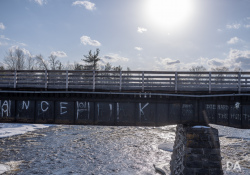



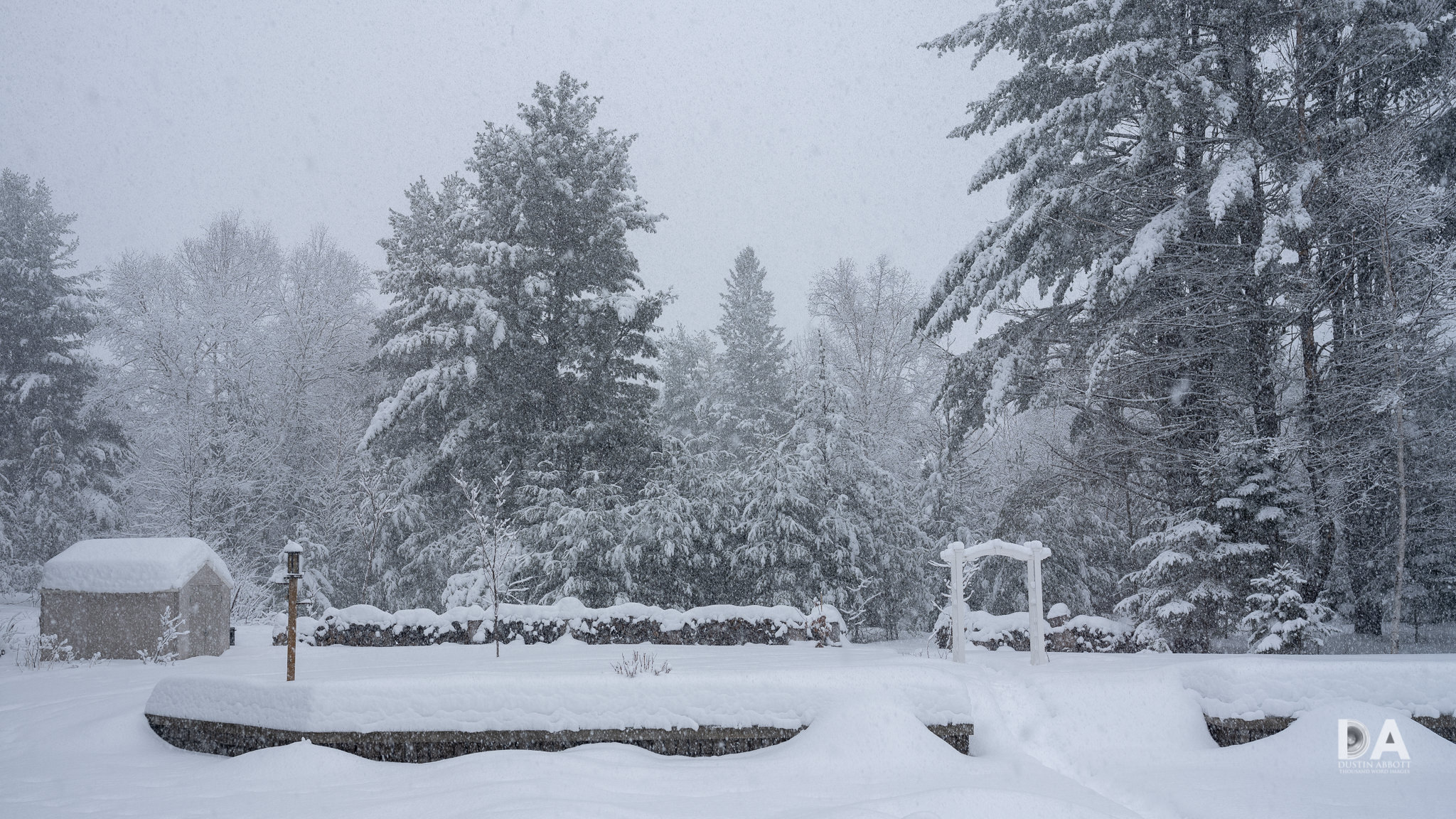






 Nikkor Z 35mm F1.2 S Review
Nikkor Z 35mm F1.2 S Review  Kase AF 85mm F1.4 Review
Kase AF 85mm F1.4 Review  Fujifilm X-Half Review
Fujifilm X-Half Review  Nikkor Z 35mm F1.8 S Gallery
Nikkor Z 35mm F1.8 S Gallery 


